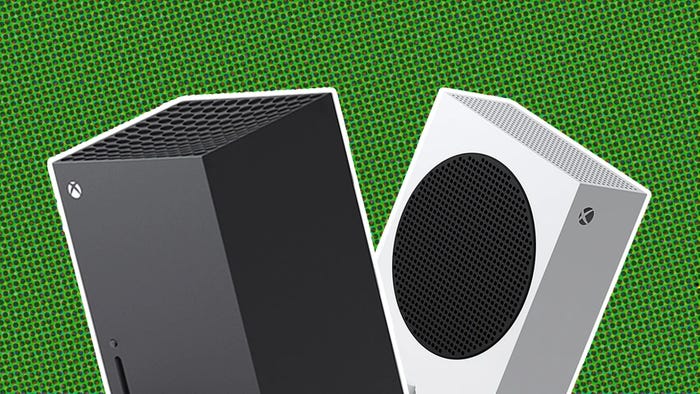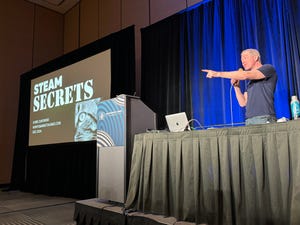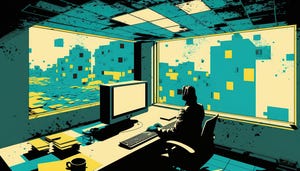Street Fighter II designer walks through the creation of the game's stranger fighters
Akira Yasuda talks about how some of the more unusual Street Fighter characters were born out of an unspoken rule that encouraged them to push the boundaries of their designs.

“Just because a designer pours his love into the character he’s created, it doesn’t mean that it’s going to be an amazing or memorable character. It took the somewhat insane and audacious vision of the planner to realize something truly original.”
- Akira Yasuda recalls a lesson he learned from the creation of the Street Fighter II character Vega.
Shmuplations has republished the first part of a 2003 interview with designer and illustrator Akira Yasuda that runs through his career, from his first work as an artist and his later design work with the Street Fighter and Final Fight games.
During one part of the interview, Yasuda walks through how the team at Capcom pitched fighters for Street Fighter II. He talks about how some of the more unusual Street Fighter characters like Dhalsim, Blanka, and Vega were born out of an unspoken rule that encouraged them to push the boundaries of their designs: “It wasn’t good until it made us laugh.”
For Dhalsim, this meant breaking some of the design rules outlined in existing planning documents.
“In the actual planning documents, we set a limit on punches, that they couldn’t extend further than 128 pixels. But in that process of reviewing the characters, we decided to extend it a little further, then a little further, then a little further more… until one day we saw how long his arms came out and everyone cracked up. That was the moment we knew it was good.”
A similar approach was taken when designing the character Balrog, or Vega as he’s known outside of Japan. Yasuda says that, when creating new characters for Street Fighter II, designer Akira Nishitani was to choose a country for a fighter to hail from and then find a fighting style to match it.
“After matching all those up, the only ones that were leftover were 'Spain' and 'Ninja',” recalls Yasuda. “He had wanted to use ninjas for Japan, but Japan already had karate and sumo. So he just combined what he had leftover and came up with the ‘Spanish Ninja.’”
Yasuda notes that he wasn’t sold on the idea at first, but Vega grew on him and ended up teaching him about the good that can come from a willingness to be flexible and allow others to help you step out of your comfort zone when it comes to design.
The full interview runs though the creation of a handful of other memorable Street Fighter II characters, like how Chun-Li’s animations were impacted by memory restrictions during development, as well as conversations about some of Yasuda’s other projects during his Capcom days.
About the Author(s)
You May Also Like













